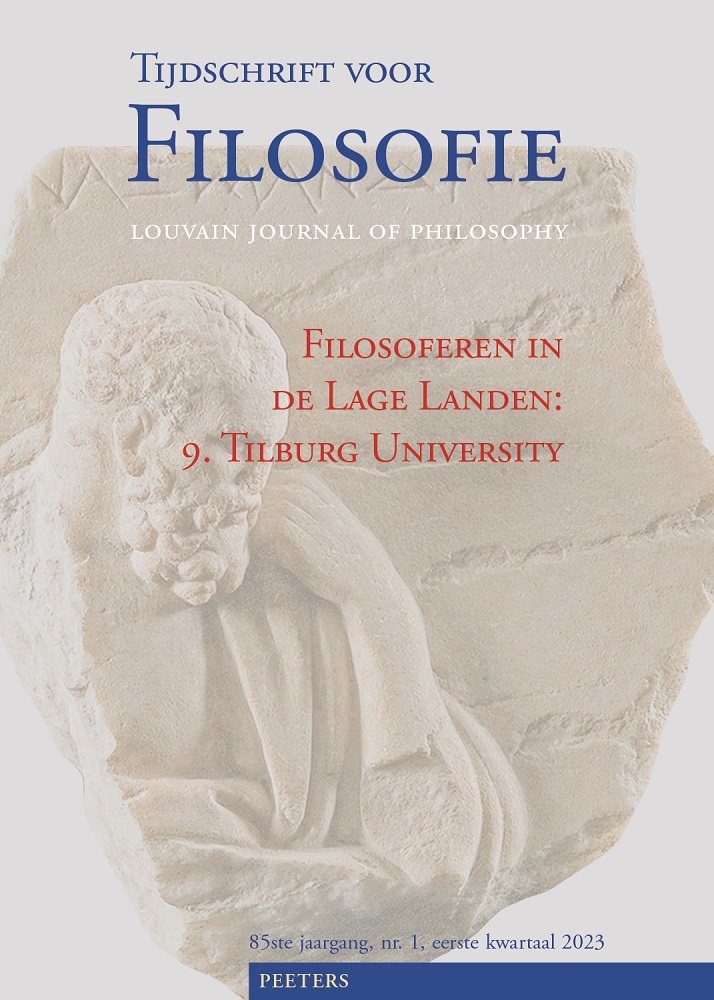 previous article in this issue previous article in this issue | next article in this issue  |

Preview first page |
Document Details : Title: Tirannie en verzet in de middeleeuwen Subtitle: John of Salisbury over tirannicide in de Policraticus Author(s): ROBENSYN, Tijl Journal: Tijdschrift voor Filosofie Volume: 86 Issue: 3 Date: 2024 Pages: 421-452 DOI: 10.2143/TVF.86.3.3294052 Abstract : John of Salisbury is renowned for the ‘theory of tyrannicide’ he presents in his work Policraticus. However, some scholars argue that John does not defend the murder of a tyrant and fails to present a clear theory of tyrannicide. Other researchers disagree, pointing to elements suggesting that John developed a theory advocating the practice. In this article, I address this issue by first examining John’s use of the word ‘tyrant’. To do so, I analyze two conceptions of the ‘good prince’, as John defines the tyrant as the opposite of a good ruler. The discussion on the tyrant’s relationship to the law or — in John’s organic analogy, to the ‘rest of the body’ — leads to the central question of how to deal with the illegitimate ruler. After discussing the role of the flatterer in the royal court, the tyrant is brought to the courtroom when the practical side of John’s law argument is studied. In the last part, the position of the clergy emerges as fundamentally important to the overall evaluation of John’s theory. This approach provides a more nuanced view of John of Salisbury as the medieval theorist of tyrannicide. |
|


